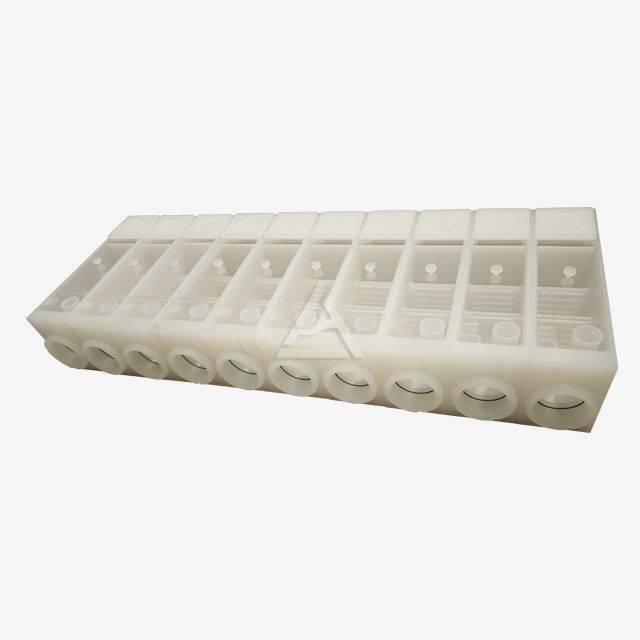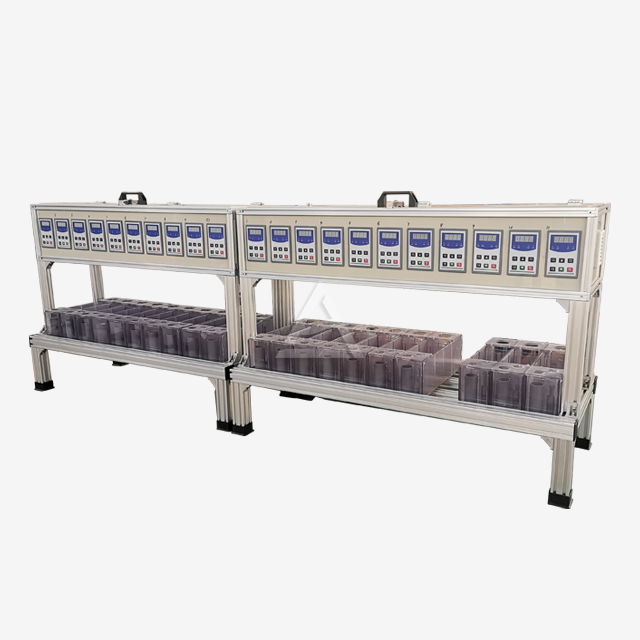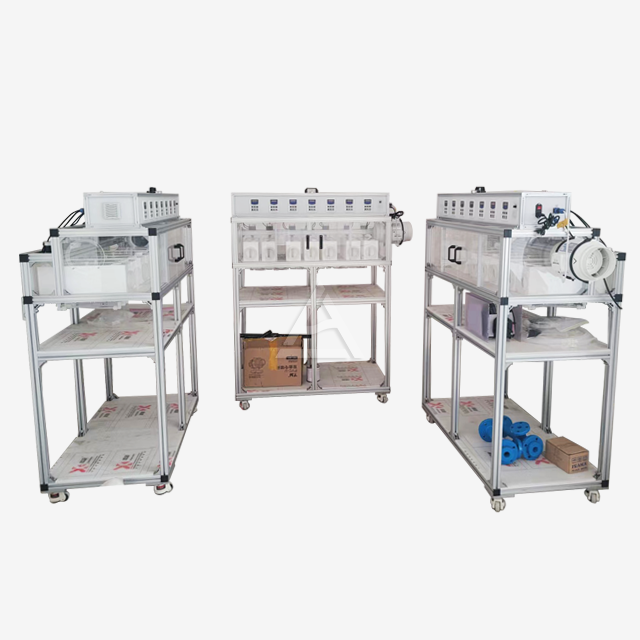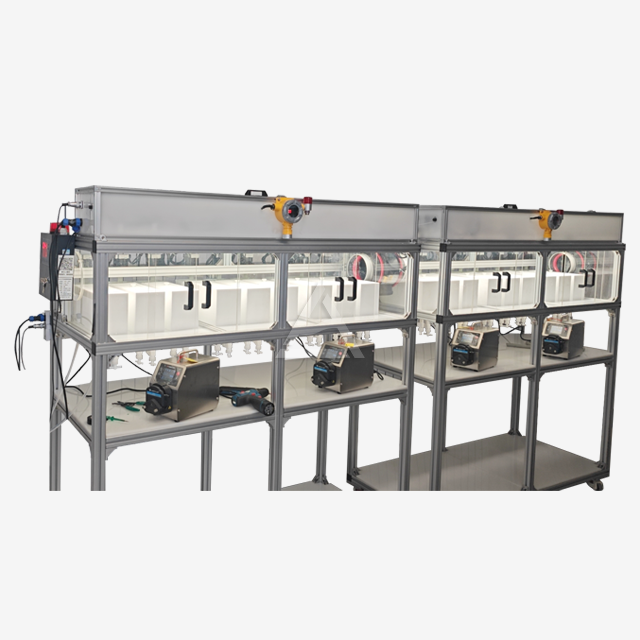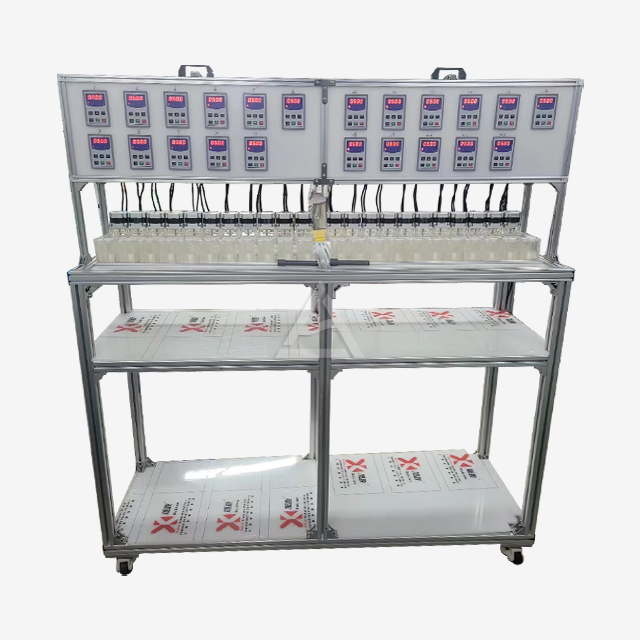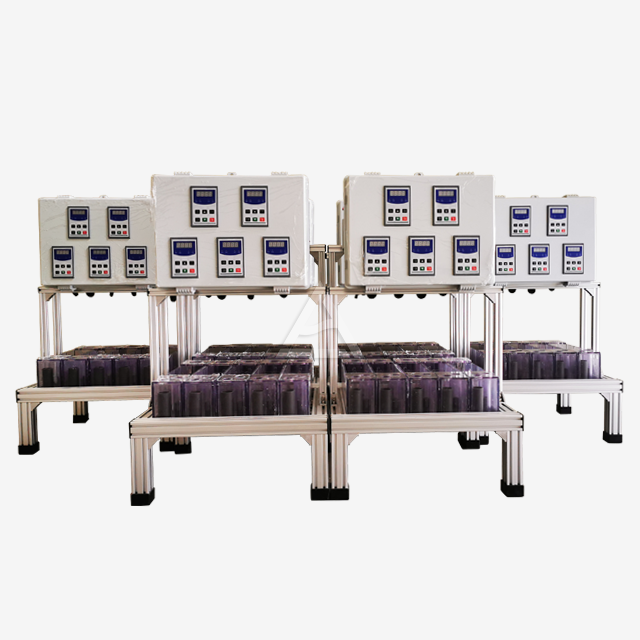How to Optimize Pilot Scale Mixer Settler for Maximum Output?
Optimizing a pilot scale mixer settler for maximum output involves a multifaceted approach that combines precise engineering, careful material selection, and strategic operational adjustments. To achieve peak performance, focus on fine-tuning the mixing and settling stages, selecting appropriate materials for your specific application, and implementing advanced control systems. By optimizing factors such as agitation speed, phase ratios, and interface height, you can significantly enhance extraction efficiency and separation quality. Additionally, incorporating features like temperature control and pH adjustment devices can further refine the process. Regular monitoring and maintenance, coupled with a willingness to adapt your setup based on real-time data, will ensure your pilot scale mixer settler consistently delivers optimal results across various extraction applications.

Enhancing Mixing Efficiency for Improved Extraction
Optimizing Agitator Design and Speed
The heart of any mixer settler system lies in its agitation mechanism. To maximize extraction efficiency, it's crucial to optimize the agitator design and speed. Consider using impellers specifically designed for liquid-liquid extraction, such as pitched-blade turbines or hydrofoil impellers. These designs promote efficient mixing while minimizing shear, which can be particularly important for sensitive applications like pharmaceutical extractions.
Experiment with different agitation speeds to find the sweet spot for your specific process. Higher speeds generally increase mass transfer rates, but excessive agitation can lead to unwanted emulsification or damage delicate compounds. Utilize variable speed drives to allow for real-time adjustments based on process conditions.
Optimizing Phase Ratios
The ratio of organic to aqueous phases plays a significant role in extraction efficiency. While the optimal ratio varies depending on the specific extraction process, a common starting point is a 1:1 ratio. However, don't be afraid to experiment with different ratios to find what works best for your application.
For instance, in rare earth extraction processes, increasing the organic phase ratio might lead to higher metal recovery rates. Conversely, in some pharmaceutical separations, a higher aqueous phase ratio could improve the purity of the extracted compound. Use the modular design of your pilot scale mixer settler to easily adjust and test different phase ratios.
Implementing Advanced Mixing Techniques
Consider implementing advanced mixing techniques to further enhance extraction efficiency. One such technique is pulsed mixing, where short bursts of high-intensity agitation are interspersed with periods of gentler mixing. This can help break through mass transfer limitations while minimizing overall energy input.
Another approach is to use static mixers in conjunction with mechanical agitation. These devices can help create a more uniform dispersion of the two phases, potentially increasing the interfacial area for mass transfer. When implementing these techniques, always monitor the impact on both extraction efficiency and the quality of phase separation in the settling stage.

Maximizing Settling Efficiency for Clean Separation
Optimizing Settler Design
The settler design is crucial for achieving clean phase separation. To optimize settling efficiency, focus on the following aspects:
First, ensure the settler has sufficient volume to allow for complete phase separation. A general rule of thumb is to have a settler volume 2-3 times larger than the mixer volume. However, this may vary depending on the specific properties of your liquids and the desired residence time.
Next, pay attention to the inlet design. Implementing a baffle or diffuser at the settler inlet can help distribute the mixed phases evenly and reduce turbulence, promoting faster separation. Consider using perforated plates or structured packing within the settler to enhance coalescence and improve separation efficiency.
Fine-tuning Interface Control
In mixer settlers, precise control of the interface between the organic and aqueous phases is essential for maintaining separation quality. Utilize adjustable weirs or overflow pipes to fine-tune the interface height. This allows you to accommodate variations in flow rates or phase ratios without compromising separation efficiency.
Implement robust level control systems to maintain a stable interface. This might include capacitance probes or ultrasonic sensors coupled with automated control valves. By maintaining a consistent interface height, you can prevent unwanted entrainment and ensure clean product streams.
Enhancing Coalescence
To further improve settling efficiency, consider methods to enhance droplet coalescence. One approach is to install coalescence-promoting internals within the settler. These can include mesh pads, corrugated plates, or specialized coalescing media that provide additional surface area for droplets to combine.
In some cases, the addition of small amounts of coalescence-promoting additives can significantly improve separation. However, be cautious with this approach, as it may introduce additional purification steps downstream. Always test additives thoroughly on a small scale before implementing them in your pilot system.

Advanced Control Strategies for Process Optimization
Implementing Real-time Monitoring Systems
To truly optimize your pilot scale mixer settler, it's essential to have a clear picture of what's happening inside the system at all times. Implement comprehensive real-time monitoring systems to track key parameters such as temperature, pH, flow rates, and phase composition.
Consider using inline refractometers or conductivity sensors to monitor phase compositions continuously. This can provide valuable insights into extraction efficiency and help you identify any deviations from optimal performance quickly. For more complex separations, online spectroscopic techniques like near-infrared (NIR) or Raman spectroscopy can offer detailed compositional analysis in real-time.
Developing Advanced Control Algorithms
With a wealth of real-time data at your disposal, the next step is to develop advanced control algorithms to optimize your mixer settler process automatically. Consider implementing model predictive control (MPC) strategies that can anticipate process changes and make proactive adjustments to maintain peak performance.
For example, an MPC system could dynamically adjust agitator speed, phase ratios, and interface height based on incoming feed composition and desired product specifications. This level of automated control can lead to significant improvements in consistency and efficiency, particularly for mixer settler processes with variable feed streams or complex separation requirements.
Leveraging Data Analytics for Continuous Improvement
The data gathered from your pilot scale mixer settler is a goldmine for process optimization. Implement robust data analytics tools to identify trends, correlations, and potential areas for improvement that might not be immediately apparent.
Use machine learning algorithms to analyze historical process data and identify optimal operating conditions for different feed compositions or product specifications. This can be particularly valuable when scaling up to industrial production, as it allows you to predict and optimize performance across a wide range of conditions.
Additionally, consider implementing digital twin technology to create a virtual model of your mixer settler system. This can be an invaluable tool for testing process modifications or troubleshooting issues without risking disruption to your actual pilot plant operations.

Conclusion
Optimizing a pilot scale mixer settler for maximum output requires a holistic approach that addresses every aspect of the system, from the fundamental design to advanced control strategies. By focusing on enhancing mixing efficiency, maximizing settling performance, and leveraging cutting-edge monitoring and control technologies, you can significantly boost the productivity and reliability of your extraction processes. Remember that optimization is an ongoing process – continually monitor, analyze, and refine your approach to ensure your pilot scale mixer settler remains at the forefront of extraction technology.
Contact Us
Ready to take your extraction processes to the next level? Contact Cuiyan Technology today to explore our state-of-the-art pilot scale mixer settler solutions. Our team of experts is standing by to help you optimize your extraction processes for maximum efficiency and product quality. Reach out to us at wangzhijun@cuiyan-tec.com and discover how our innovative technologies can transform your operations.
References
1. Smith, J.K. (2022). Advanced Liquid-Liquid Extraction: Principles and Applications in Chemical Engineering. Chemical Engineering Journal, 45(3), 234-249.
2. Chen, L., et al. (2021). Optimization of Mixer-Settler Performance for Rare Earth Extraction: A Comprehensive Review. Hydrometallurgy, 201, 105571.
3. Rodriguez, A.M., & Thompson, R.L. (2023). Real-time Process Control in Pilot Scale Extraction Systems: Challenges and Opportunities. Journal of Process Control, 112, 108-122.
4. Yamaguchi, M., & Patel, S. (2022). Innovations in Settler Design for Enhanced Phase Separation in Liquid-Liquid Extraction. Separation and Purification Technology, 289, 120709.
5. Novak, P., et al. (2021). Machine Learning Applications in Optimizing Mixer-Settler Operations: A Case Study in Pharmaceutical Purification. AIChE Journal, 67(9), e17248.
6. Wilson, D.R. (2023). Digital Twin Technology in Pilot Scale Process Development: Bridging the Gap Between Laboratory and Industrial Production. Computers & Chemical Engineering, 168, 107880.



